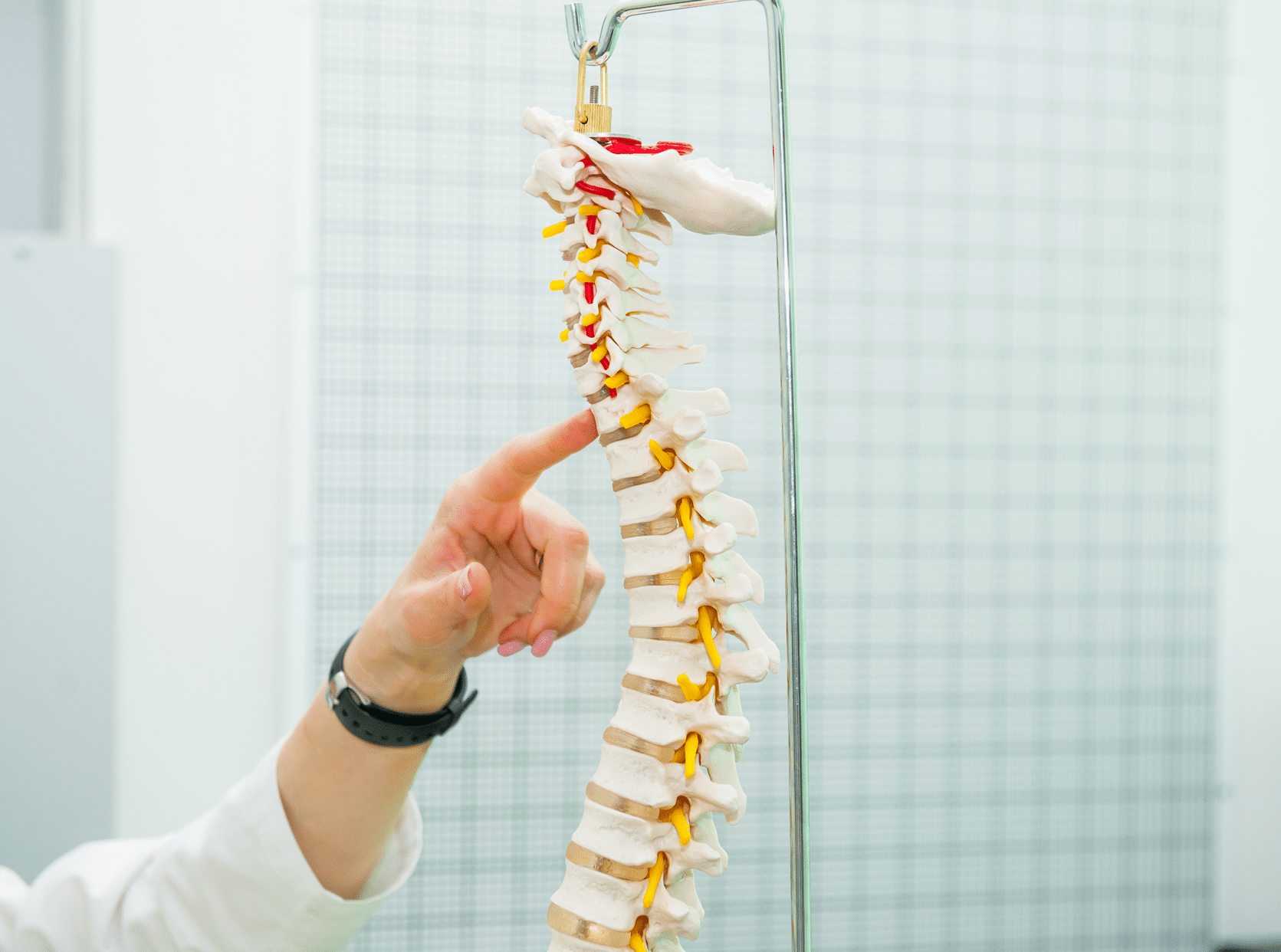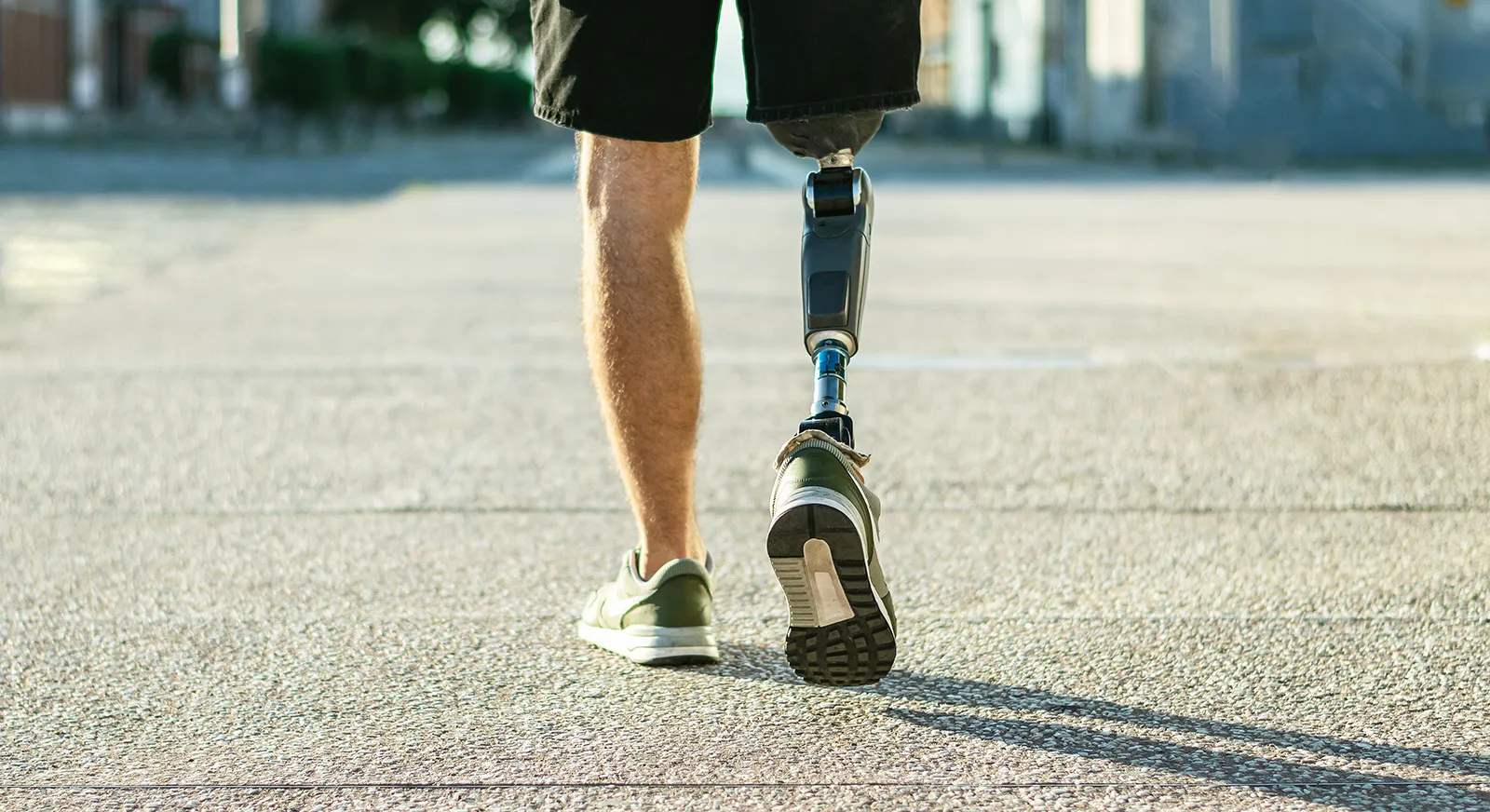This Free Guide summarises the general areas of compensation which can be claimed if you have a successful Personal Injury claim in which there was no finding that you contributed to the occurrence of the accident, or made your injuries worse by not, for example, wearing a seatbelt.
This Free Guide is as not applicable for people claiming for Criminal Injuries, as the rules are different, and generally less compensation is paid. This guide is not intended as a definitive guide to the law: volumes of learned text cover this area in the detail. If you have questions, ask your solicitor. Knowledge of course is power and at Truth Legal we want to empower our clients, hence why we use the Control Your Claim model.
Truth Legal provides this Free Guide so that injured people see what they can claim for, although this is a non-exhaustive document and each case should be assessed individually. This free guide dispels the mystique surrounding the calculation of compensation. We believe that this guide is more useful than a crude ‘compensation calculator’. Compensation in relation to a fatal accident is not dealt with here.
General Principles
The purpose of compensation is to put you back in the same position as if the incident which caused the injury had not happened. Easy to understand, but more difficult to put into practice. The injuries and financial losses must have been caused by the incident.
There are two types of compensation: compensation for your injury, known as ‘General Damages’ and compensation for any financial losses, known as ‘Special Damages’. The two parts are added together to form the compensation.
General Damages
No amount of compensation for your pain and suffering can make up for an injury. Very simply: the more that a person has suffered, and may suffer in the future, the greater the compensation. Generally, compensation paid for pain and suffering is not high. ‘Suffering’ includes mental/psychological suffering. It is for the person making a claim to prove their pain and suffering; to do this a medical report from a suitable expert is required such as a Consultant Orthopaedic Surgeon.
Over the years the law has developed formulas that allow compensation for pain and suffering to be calculated. There are two main methods: the JSB Guidelines and case law.
The JSB Guidelines set out approximately what injured people should receive for their injuries. If you have ever seen a crude Compensation Calculator available on our competitors’ websites, they are usually using the JSB Guidelines. The JSB Guidelines are updated periodically usually to follow inflation. The JSB Guidelines provide brackets for compensation which can be thousands of pounds apart. For example, for a minor soft tissue and whiplash injuries where symptoms are moderate and a full recovery takes place within about two years, the bracket is £2,850 to £5,150. As you can see, the JSB Guidelines are useful for finding an approximate value of a claim only.
The second method is to look at the level of compensation Judges have awarded in a court. There are thousands of reported cases and so it is the job of the lawyer to find cases which most closely resemble the injuries of their client. Claimant lawyers want to rely on high values; insurance companies and their lawyers want to rely on lower values of reported cases.
Lawyers and insurers should use both methods to arrive at a likely value of the pain and suffering part of claim. Many insurers, however, rely on computer programmes, rather than the law, for arriving at their values for compensation.
Special Damages
There are few hard and fast rules for calculating the compensation paid for financial losses. What consists of financial losses is often surprising to injured people. Frequently, when presented with a calculation of their financial losses, injured people tend to be surprised, because people often forget the financial costs of the injury.
In order to properly prepare a document detailing all of an injured person’s financial losses, a solicitor must ask the right questions.
Any injured person should bear in mind the concept of mitigation of loss. This means that a wrongdoer should only pay the injured person’s losses which are reasonable. For example, if an office worker breaks his little toe in an accident and then decides never to work again even though he could return, then it would be unfair for the wrongdoer to pay for a lifetime of lost earnings for the office worker.
What follows are typical financial claims. The list is not exhaustive:
- Loss of earnings – includes the money you lost whilst off work, including any reduction whilst on light duties.
- Future loss of earnings – often the reason for the very high value claims.
- Loss of a chance – for example if you are in Blackburn Rovers’ youth team earning £100 per week, what were the chances of you making it to the first team and earning £10,000 per week?
- Loss of enjoyable employment – additional compensation if cannot return to a job which you love because of the accident-related injuries, although you can work in a different role.
- Loss of enjoyment of a holiday – for example if you have a beach holiday booked before the accident and still go on the holiday with your leg in plaster, then it is likely that your holiday would be less enjoyable.
- Pension loss – if you or your employer stop making contributions to your pension, it may cause you a future loss when you come to draw your pension.
- Compensation for care – this can range from a husband looking after his wife for 4 weeks. after a Road Traffic Accident, to a lifetime of care provided by family, friends or professional carers following a life-changing accident.
- Loss of housekeeping – this includes DIY and gardening and is designed to compensate people who, because of their injuries, have to pay another person to do what they would have done but for the accident.
- Loss of use of vehicle – relevant with Road Traffic Accidents.
- Housing costs – often people with serious injuries need adaptations to their house, such as a stairlift, or may even need to move to more suitable accommodation such as a bungalow. And if an injured person is housebound during winter, additional heating costs will be incurred.
- Damage to items such as clothing, if, say, a nurse had to cut your Armani jeans off.
- Medical expenditure – such as physiotherapy, osteopathy, equipment, aids, treatment etc.
- Travelling costs – to hospital appointments, physiotherapy etc.
- Loss of prospects of marriage – this is very rare award intended to compensate people who are less able to marry because of their injuries. Marriage is financially beneficial to both parties because two people generally pay for the upkeep of one property.
It should be borne in mind that some state benefits which injured people receive may be deducted from certain parts of the financial losses. The theory is that this should stop you being over-compensated and the state recoups benefits from the wrongdoer.
Please contact us if you would like a free, no-obligation discussion.
Previous post: What to expect at a personal injury medical appointment and from a medical report
Further Reading
From one of the UK’s most read legal blogs.










